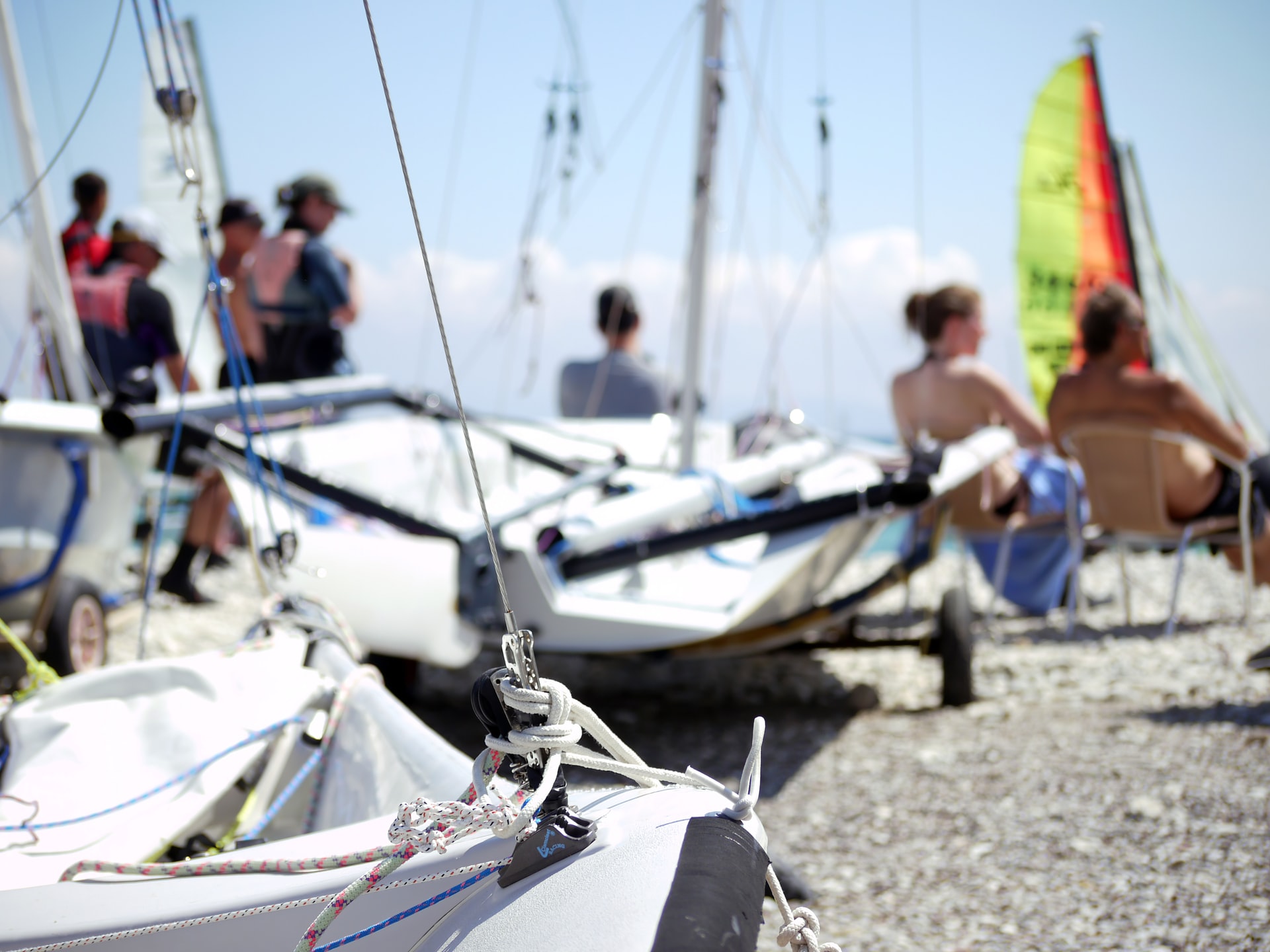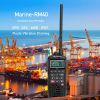What to look for when buying a marine VHF antenna

A marine VHF antenna can be a lifesaver in a dangerous situation. Know what to look for so that you can sail the seas with reliable equipment and clear transmission.
Antenna Height and Gain
Height and gain are essential factors to consider before investing in a marine VHF antenna. You'll need to find an antenna suitable for your needs and to some extent the size of your vessel.
For example, let's say you have a boat that's over 32 feet long. In that case, ideally you should be choosing a larger antenna because you will have the space and it wont look out of place. Choosing an antenna that’s over 200cm will give you great performance and over 6dB of gain. Great if you are far out at sea and want reliable communication.
For smaller boats you will probably want to look at the smaller antennas. Many vessels smaller than 24 feet would probably opt for an antenna that is around 100cm in length with 2-3dB gain.
For extremely large boats, you will probably be looking at antenna’s over 300cm with over 8dB gain.
In short, you should choose an antenna that fits the size of your vessel.
Gain is vital because the higher the dB, the more radiated power you'll get. In other words, your antenna will have a much greater range for communication with other ships.
That said, there is a use for antennas with a lower dB gain. In a small sailboat, you won't need the same radiated power as a larger fishing vessel. In that case, an antenna with around 2dB gain would be sufficient. You'll still get a strong signal pattern that will be sufficient for most scenarios, but your range won't be as far.
Durability
The lifespan of an antenna can range from 3 to 30 years, depending on the material and how well you take care of it. Most reputable marine VHF antennas will offer UV protection to minimise sun damage. They are also typically made from durable materials, such as fibreglass and stainless steel. These materials are highly resistant to weather corrosion and water damage.
You can take better care of your antenna by giving it a thorough wash with soap and water every time you wash your vessel. Wax can also help protect the antenna without interfering with the signal or hindering its function.
A dependable marine VHF antenna should have durable connecting points, too. These need to be resistant to corrosion and general wear and tear. You can expect less maintenance and better functionality for several years with a robust design.
Price
Price is always an important factor to consider when buying anything, and it's no different for marine VHF antennas. Numerous things can influence the price of an antenna, so it's vital you know what to look out for when comparing similarly priced items.
The more obvious factor is length. Longer antennas will generally cost more than shorter ones. However, longer antennas might not suit your vessel. Your best route is to look for an appropriate length that sits within your price range.
The materials used will also be a significant influencer of the cost of your marine VHF stick. The more materials used, the more you can expect to pay. That's because the construction process is much more complicated, justifying the higher price tag.
However, price shouldn't be the only thing you consider when looking at VHF antennas. You should try to find one within your budget, but that doesn't mean you should only go for the cheapest option available.
Remember, this antenna will be your lifeline of communication when you're out on the water. You'll want something reliable and long-lasting. Buying one made from cheaper materials may seem like a good idea at first, but it could come back to bite you in the future.






